- Best
- Uncertain
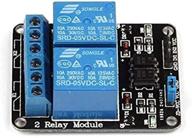
9
·
Very good

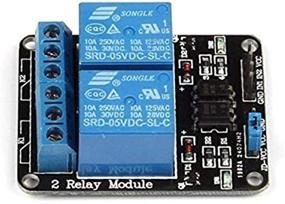
| Connector Type | / |
|---|---|
| Contact Material | / |
| Contact Type | / |
| Current Rating | 10 Amps |
| Mounting Type | / |
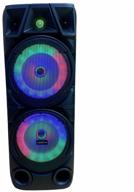
Portable bluetooth speaker BT Speaker ZQS-8210 high power universal

35 Review
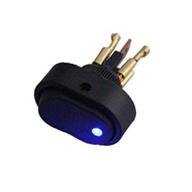
Illuminate Your Ride With HOTSYSTEM'S Blue LED Toggle Switch - Perfect For Car, Motorcycle, Boat, And More!

37 Review

BMW Engine Ignition Start Stop Button Replacement - Compatible With 1 3 5 6 X1 X3 X5 X6 Series (E81 E90 E91 E60 E63 E84 E83 E70 E71) By Jaronx Sports Red

49 Review

Yokohama Geolandar A/T G015 215/65 R16 98H all season

83 Review

Tire Michelin ENERGY XM2+ 185/65 R15 88 H

30 Review

MICHELIN Energy XM2+ 205/65 R15 94V Summer

35 Review

Tires pirelli formula energy 225/50r17 98y xl

14 Review
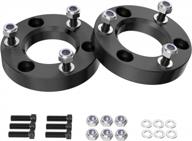
1.5 Inch Leveling Lift Kit Compatible With 2004-2022 F150,Leveling Lift Kit Fit For 2004-2022 F150 2WD 4WD Forged Front Strut Spacers Raise The Front Of Your F150 By 1.5

13 Review